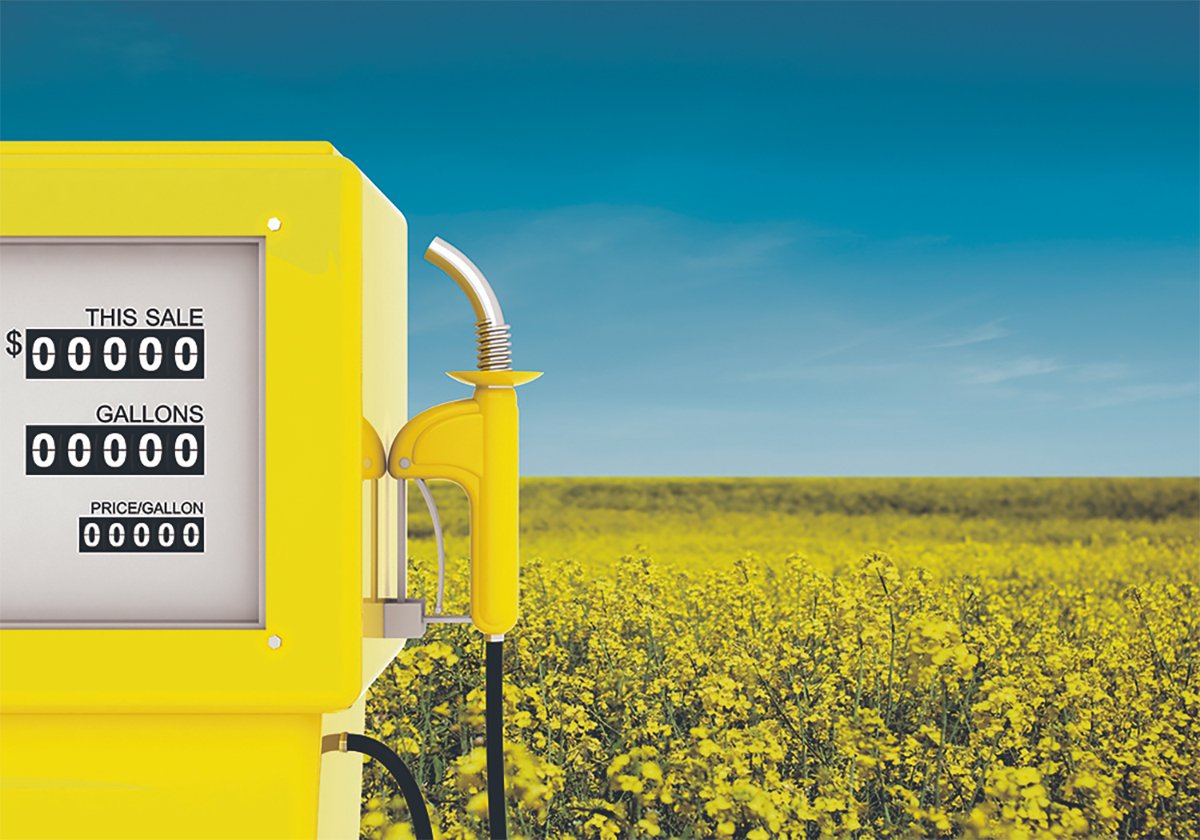The problem of living in an era of high prices and good markets is it creates the ability to be reckless, careless and silly.
And generally get away with it.
But the past year and a half has revealed the peril of being slack about hedging and marketing, with many farmers in both grains and livestock production getting beaten badly after failing to hedge for obvious risks and protecting future profits.
Look at what’s happened to canola prices in the past few weeks. After spending 10 months in a $520-$570 per tonne range, November canola futures have suddenly plunged well beneath that range, only recently seeming to stabilize above the $480 mark.
Read Also

Biofuel sector happy with federal budget
Advanced Biofuels Canada says new Biofuel Production Incentive is a lifeline until CFR amendments are in place.
That should only be a problem for the remaining two-thirds of the new canola crop that farmers haven’t hedged yet, except that lots of farmers have hedged almost nothing this year, from what people have told me.
At one time, most careful canola growers would always have one-quarter to one-third of their expected production priced by mid-June, then scale in sales as the crop’s size became better known, with maybe half locked in by harvest. But this year in particular, some farmers seem to have backed off forward pricing at all.
Risk management professionals tell me this is a combination of farmers not liking to lock in new crop prices that are substantially below old crop prices; farmers being used to high prices and not seeing a downside any more; and farmers getting lulled into that long $520-$570 range of November futures and assuming $520 was the bottom of the market.
Sure, that makes sense, but maybe farmers should have stuck with locking in one-quarter to one-third of production around seeding time as they always used to do and leave the market speculation for the remainder of the crop. Being totally naked isn’t working out very well in this new crop year and unless we get a frost or some other shock, it probably won’t turn out to be a good idea.
Right now hog producers are the big beneficiaries of the slump in feed grain prices, so if they had locked in prices a few months ago they’d be singing the blues today, right?
Maybe, on some pork sales and feed grain purchases when lean hog futures prices fell before the recent recovery, but not if they had also locked in most of their feed grain prices all through last summer. Farmers who had covered their feed grain price risk before the Midwest drought hit last summer didn’t suffer anything near the devastation that farmers with naked risk experienced. A lot of the uncovered farmers went out of business.
Last year when I called risk management professionals to ask why some hog farmers hadn’t covered their feed grain risk, I was told that everyone was assuming lower feed grain prices in the future, so they didn’t see any need to guarantee those prices.
Steady hedging has saved a lot of hog farmers from failure through the last few hog crises, so there are few left who don’t cover their risks.
Hog prices are high, but can’t be assumed to last. Ditto canola, wheat and other crop prices. Futures prices can’t actually be expected to be anything other than unpredictable.
Risk management is about identifying risk, spotting dangerous assumptions and hedging for them.
It’s easy to forget that in an era of sky-high prices and expectations of endless good times.















